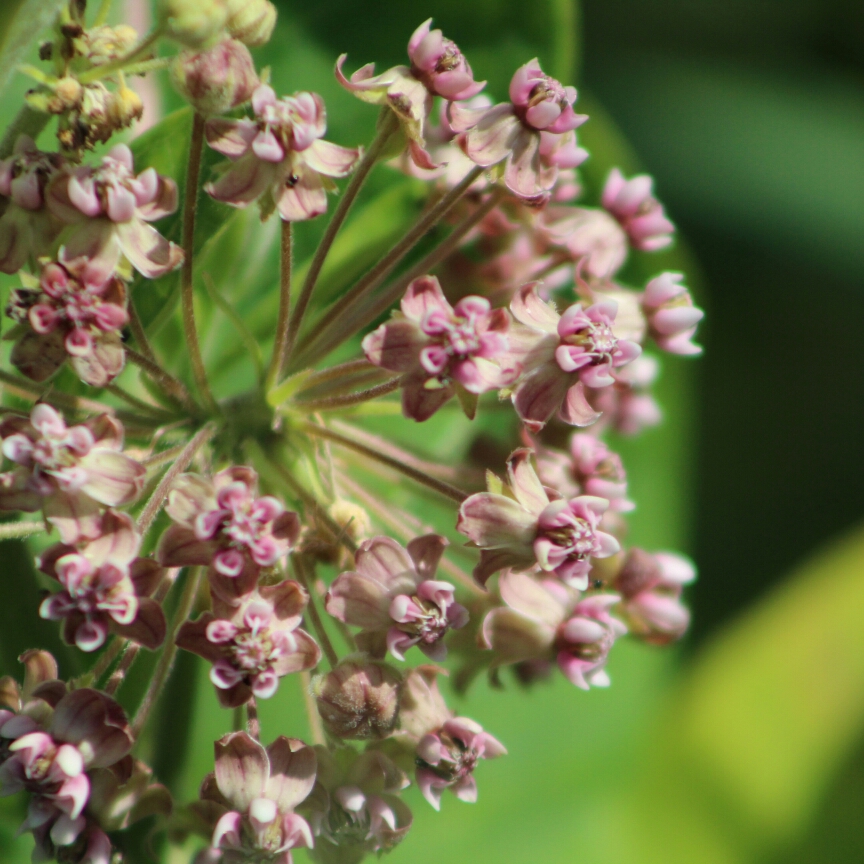
Asclepias syriaca
Common Milkweed
Asclepias syriaca is a perennial that grows from rhizomes with simple leaves, and the plant exudes white latex from broken or cut stems.In Summer it bears spherical heads of fragrant mauve-pink flowers that are very attractive to bees and butterflies. In Autumn the soft and spiny green seed-pods that look like green parrots - giving rise to the common name of "Green Parrot" - burst open, revealing seeds covered in silky hairs. The plants are the food-source for the Monarch butterfly.
-
Full sun to partial shade
-
Occasional watering
-
Frost Hardy: 23F (-5°C)
-
Light and free draining
Common name
Common Milkweed
Latin name
Asclepias syriaca
type
Perennial
family
Apocynaceae
ph
4.8 - 6.5 Acid - Neutral
Plant & bloom calendar
-
Best time to plant
-
When the plant will bloom
full grown dimensions
 1.00 M
1.00 M
1.00 M
1.00 M
Asclepias syriaca
Asclepias syriaca is a perennial that grows from rhizomes with simple leaves, and the plant exudes white latex from broken or cut stems.In Summer it bears spherical heads of fragrant mauve-pink flowers that are very attractive to bees and butterflies. In Autumn the soft and spiny green seed-pods that look like green parrots - giving rise to the common name of "Green Parrot" - burst open, revealing seeds covered in silky hairs. The plants are the food-source for the Monarch butterfly.
Planting
From Early Spring TO Mid Spring
These plants have a long tap-root, and because if this they don't transplant easily. The best chance of a survival rate when transplanting is to do it in Spring. Generally speaking, though, it is better to sow in situ, to avoid the need to transplant. Sow in a sunny sheltered site.
Propagating by seed
From Early Spring TO Mid Spring
Sow in Spring in situ - in a sunny, sheltered site. The seeds can be sown in Autumn, but need a chilling period first (three weeks or so in the fridge would suffice)
Flowering
From Early Summer TO Late Summer
Milkweed - both the leaves and flowers -is the food source for monarch butterflies, and as such is an important plant for anyone interested in supporting the monarch butterfly population. The flowers appear in Summer



























